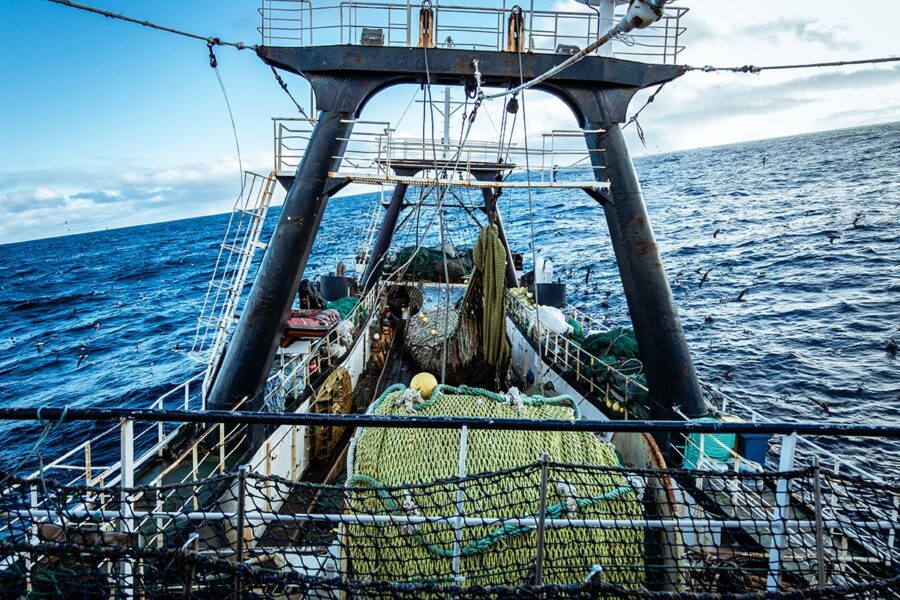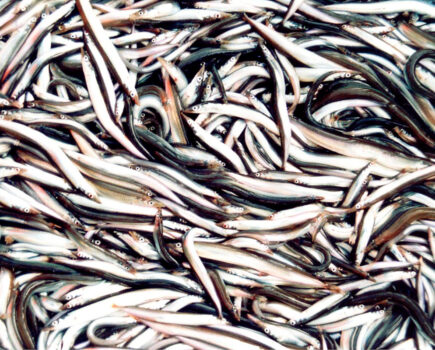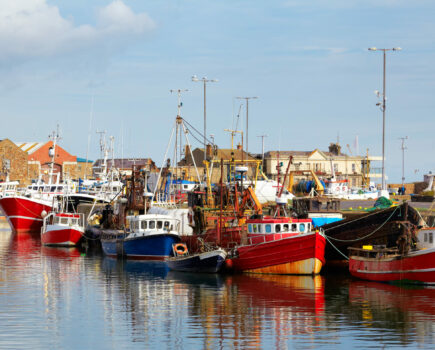A global study of the impacts of bottom trawling has found that seabeds are in good health where trawl fisheries are sustainably managed.
The first study of its kind, undertaken by Bangor University with collaborating research institutes and published in Proceedings of the National Academy of Science, builds on recent international collaboration. It brings together data from 24 large marine regions around the world to establish a relationship between distribution and intensity of trawling activities and the health of seafloor communities.
Researchers assessed life on the seabed, ascribing a status score between 0 and 1, where 0 is impacted and 1 is unimpacted. Fifteen regions studied were in a good condition with a status greater than 0.9, while three had a degraded status of less than 0.7. In all regions combined, 1.5% of all seabed areas studied were in a very poor condition with a status of 0.
The study’s lead author, marine scientist Dr Roland Pitcher of CSIRO Oceans and Atmosphere in Brisbane, said that the study shows that good management of fisheries contributes to better outcomes for the broader ecosystem. “The results show that effectively managed and sustainable trawl fisheries are associated with regions having high seabed status of 0.95 or more.
“Regions that had low seabed status scores were places where fish stocks typically are over-exploited and have ineffective management regimes.
“Detailed data were not available for all jurisdictions where bottom trawling occurs, but importantly, this study provides the world’s first statistics to estimate the impact of global trawling and provides an evidence base to inform effective improvements to trawling practices worldwide.”
University of Washington fisheries scientist Professor Ray Hilborn said that the research demonstrated the power of global collaboration for fisheries research. “By bringing these data together from across 24 large marine regions of the world, we are able to establish foundational statistical relationships between trawling activities, their impacts, and ecosystem status, including implications of trawl- gear choices and spatial distributions of trawl intensity.
“This research is a critical step in moving towards an overall estimate of the global impact of trawling, and understanding the steps required to improve fisheries management, reduce exploitation, and improve stock sustainability and the status of the seabed environment.”
Professor Gert Jan Hiddink of Bangor University’s School of Ocean Sciences said: “When comparing the seafood production versus the impacts of bottom trawling relative to other human land-use footprints in the UK, like agriculture, is it clear that the footprint of bottom trawls around the UK is large, but that the impact of trawling in much of this footprint is limited.
“Nevertheless, many areas are intensely trawled and have low seabed status, for example in muddy areas where Norway lobster is targeted in the Irish Sea using otter trawls – these areas are priorities for new research to map sensitive seabed habitats and assess their exposure to and risks from trawling. The work provides a valuable data source and guidance for policy-makers and managers seeking to manage commercial trawl fisheries sustainably.”
The total assessed area for the UK was 0.6 million square kilometres, and researchers found that over 2.2 million square kilometres have an unimpacted status (1), while less than 1,000 square kilometres were identified as having a trawl-depleted status of 0, and about 24,000 square kilometres had a status less than 0.8.
The study can be read here.
This story was taken from the latest issue of Fishing News. For more up-to-date and in-depth reports on the UK and Irish commercial fishing sector, subscribe to Fishing News here or buy the latest single issue for just £3.30 here.








